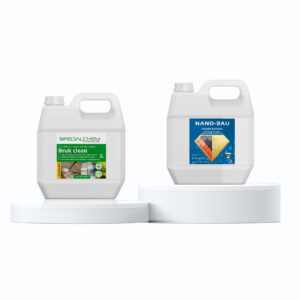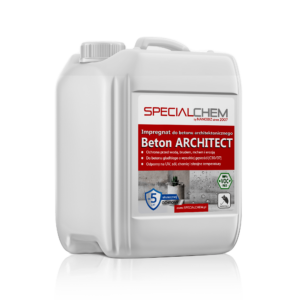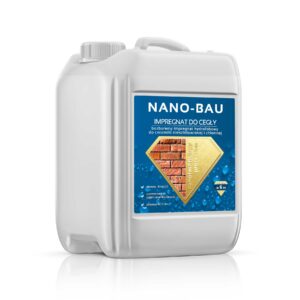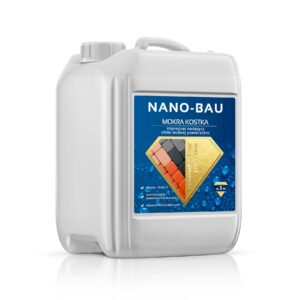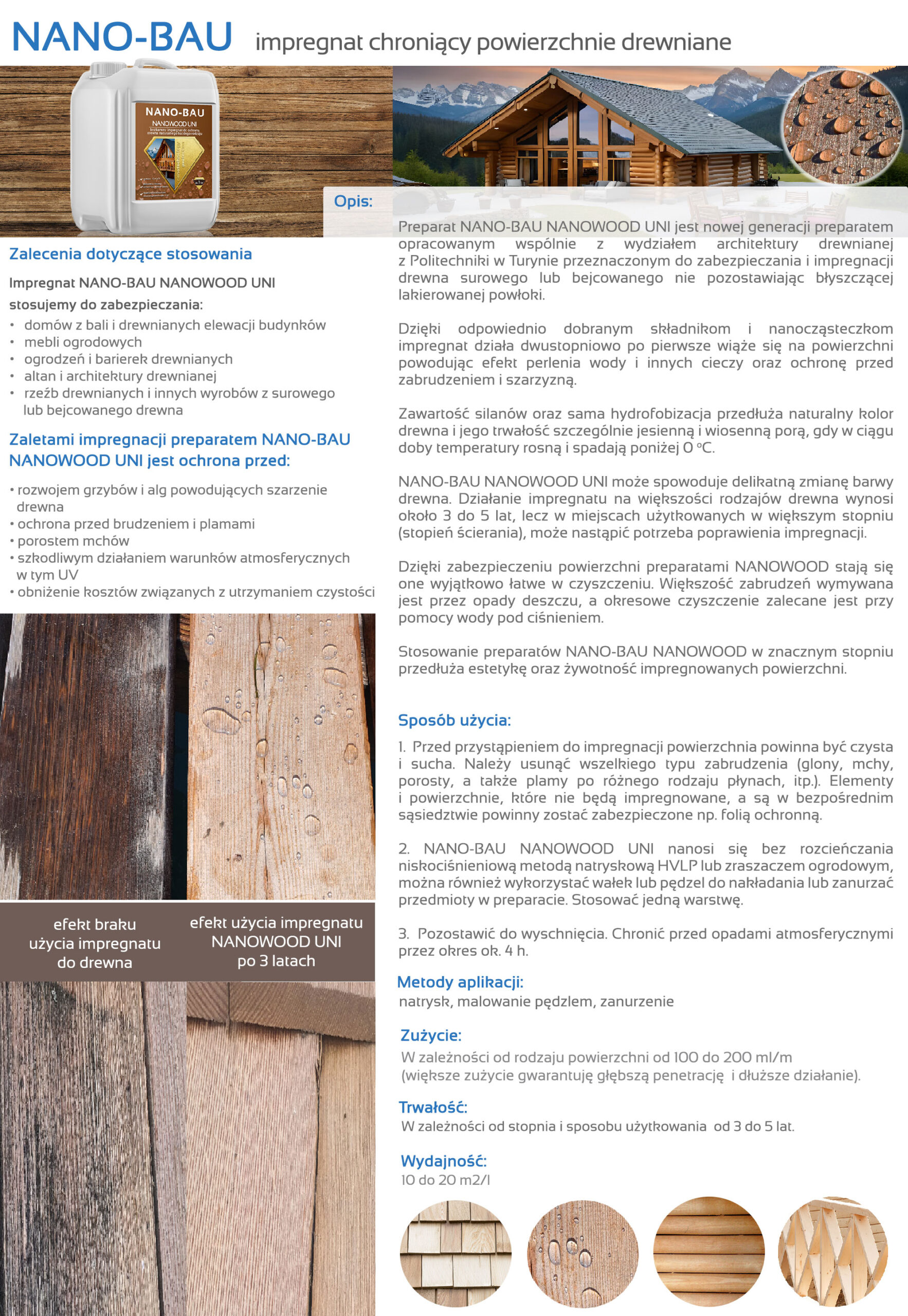
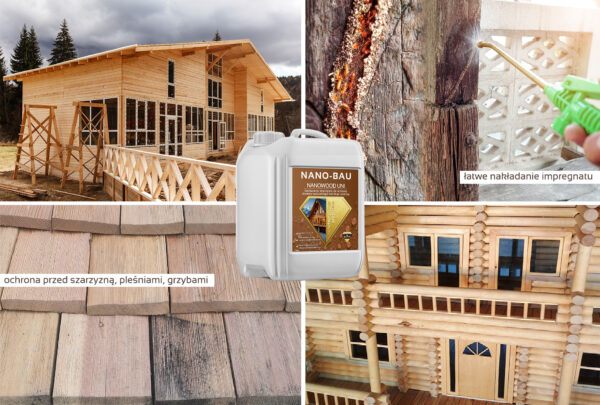
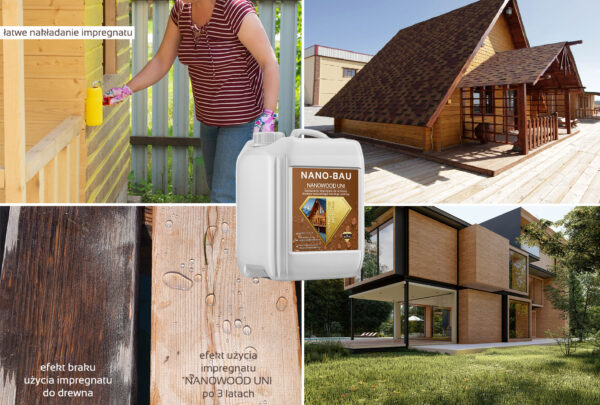
NANO-BAU NANOWOOD UNI Impregnation for natural wood is a new generation preparation developed together with the Faculty of Wooden Architecture of the Polytechnic University of Turin, intended for protecting and impregnating raw or stained wood without leaving a shiny varnished coating. Thanks to properly selected ingredients and nanoparticles, the impregnation works in two stages: first, it binds on the surface, causing a beading effect of water and other liquids and protection against dirt and grayness.
The content of silanes and the hydrophobization prolongs the natural color of the wood and its durability, especially in the autumn and spring season, when the temperatures rise and fall below 0 degrees during the day. oC.
The advantages of impregnation with NANO-BAU NANOWOOD UNI Impregnation for natural wood include protection against:
NANO-BAU NANOWOOD UNI Impregnation for natural wood may cause a slight change in the color of the wood. The effect of the impregnation on most types of wood is approximately 3 to 5 years, but in places that are used to a greater extent (degree of abrasion), it may be necessary to improve the impregnation. Thanks to the surface protection with NANOWOOD preparations, they become exceptionally easy to clean. Most dirt is washed away by rainfall, and periodic cleaning is recommended using pressurized water.
The use of NANO-BAU NANOWOOD preparations significantly extends the aesthetics and life of the impregnated surfaces.
Recommendations for use:
We use the NANO-BAU NANOWOOD UNI impregnation to protect:
Specifications:
working temperature: +5 oC to +40 oC
form: liquid, odorless, water base
storage temperature: approx. 0oC
application method: spraying, brush painting, immersion
consumption: depending on the type of surface from 100 to 200 ml/m² (higher consumption guarantees deeper penetration and longer effect)
Application method:
Durability:
Depending on the degree and method of use from 3 to 5 years.
Impregnation of log houses is an important factor in protecting the wood against the harmful effects of weather conditions, the effects of microorganisms, including fungi and molds, and extending its durability. Not all impregnations are as effective as NANO-BAU NANOWOOD UNI, developed jointly with the University of Technology in Turin by the Polish company NANOBIZ.PL sp. z o. o. Below we present the basic advantages of using our impregnation:
Summary:
Impregnation of log houses with an impregnation based on silicon nanoparticles NANO-BAU NANOWOOD UNI is an innovative solution that combines many benefits. Thanks to this impregnation, the wood retains its natural structure, color and vapor permeability, and at the same time is effectively protected against algae, blue stain and degradation. Additionally, the impregnation does not darken or give shine, does not peel and improves the thermal insulation of the building. It is worth protecting your log house with a revolutionary impregnation to enjoy its natural beauty for many years.
The NANO-BAU brand is the result of the synergy of the extensive commercial knowledge of Mrs. Izabela Jasińska-Ryguła, who for years managed sales departments in renowned construction warehouses, and the advanced technological achievements of NANOBIZ.PL Sp. z o. o. The latter has pioneered the development of the Polish nanotechnology sector since 2007, introducing innovative solutions to the market. In 2021, thanks to the combination of these two areas of competence, we managed to create the NANO-BAU brand, which successfully responds to the growing requirements of specialists in the construction industry. This company, using the latest achievements in the field of nanotechnology, offers products of the highest quality that are adapted to the current and future needs of the construction market.
